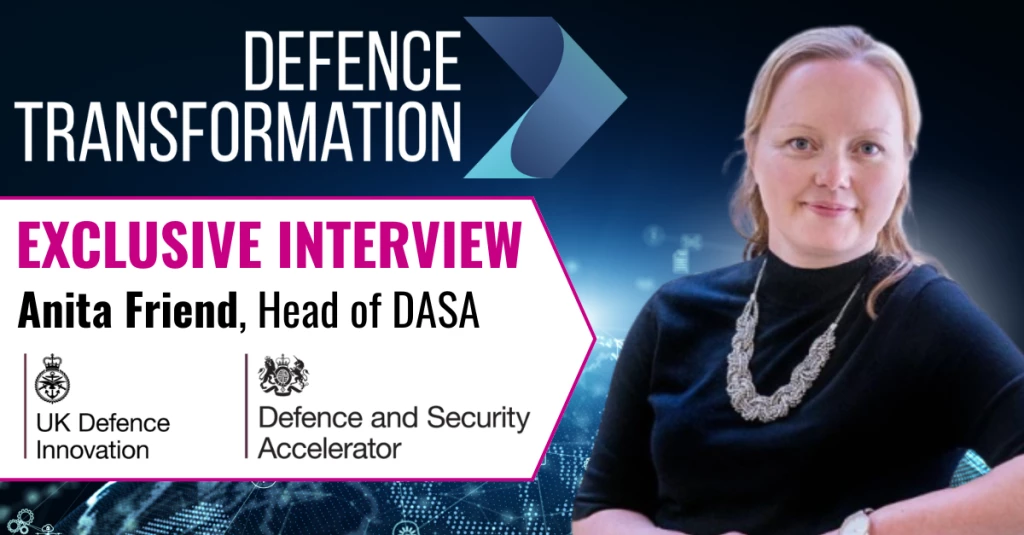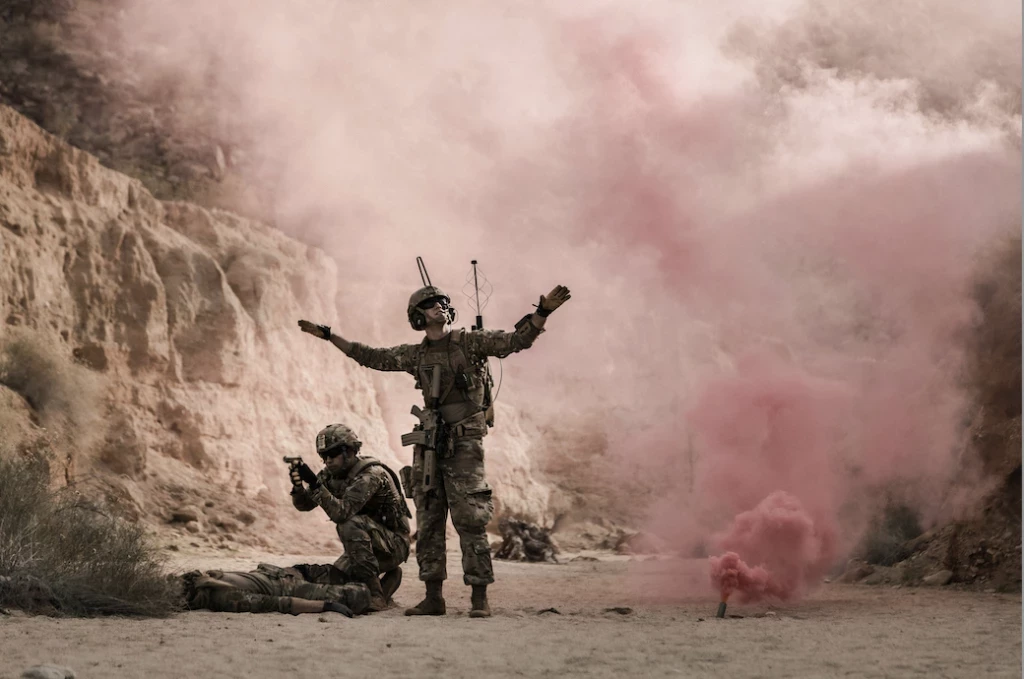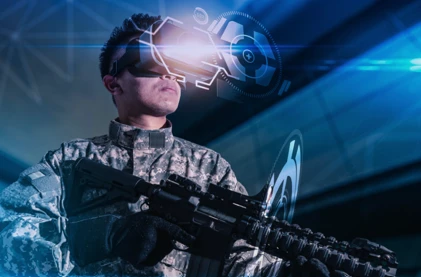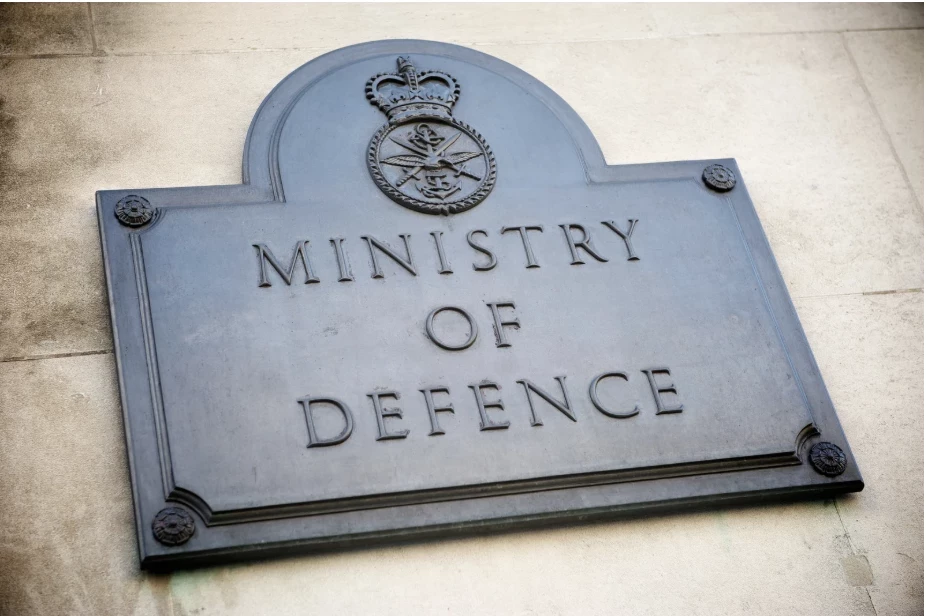Transforming ISR capabilities through AI, Machine Learning and Big Data
Insights from Dr. Thomas Killion, Chief Scientist, NATO
Add bookmarkWe respect your privacy, by clicking "Download Your Copy" you agree to having your details passed onto the sponsor who may promote similar products and services related to your area of interest subject to their privacy policy. You have the right to object. In addition, you will receive our e-newsletter, including information on related online learning opportunities. For further information on how we process and monitor your personal data, and information about your privacy and opt-out rights, click here.
The incorporation of Artificial Intelligence into defence strategies has already begun to transform NATO’s ISR capabilities in regard to the assimilation and processing of data in order to effectively identify targets. Science and technology advancements are helping to shape both the requirements and solutions for new approaches in order to meet NATO capability needs.
Ahead of his participation in the Disruptive Technology for Defence Transformation Conference, Defence IQ spoke exclusively to Dr. Thomas H. Killion, Chief Scientist, NATO about the key areas where artificial intelligence and machine learning has already begun to enhance military decision-making and accelerate the acquisition of actionable intelligence, and the potential for these technologies to revolutionise the ISR space in the future.
Dr. Killion became the NATO Chief Scientist on 1 October 2016. In this role, he has three major responsibilities. First, he serves as Chair of the NATO S&T Board (STB). In this role, he serves as the STB’s representative to the Secretary General and the NATO Armaments Council and is responsible to the STB for the effective coordination of NATO’s S&T program. Second, he serves as the senior scientific advisor to NATO leadership, ensuring that appropriate and timely S&T based advice is provided to NATO senior decision makers. Finally, he leads the Office of the Chief Scientist at NATO Headquarters. Prior to being selected as Chief Scientist, he was designated as Director of Transition at the Office of Naval Research in July 2012, and then became Director of Technology in January 2014.
How has the synchronisation of science technology with defence capability shaped NATO’s approach to ISR?
NATO’s approach to ISR is changing significantly as a result of emerging opportunities in science and technology. Over the last few years the science and technology community in NATO has been involved in the working with the NATO procurement agency, NSPA, to help shape the requirements for the replacement for the airborne AWACS aircraft.
The programme is called Allied Future Surveillance and Control (AFSC) ; as a result of interchange between ACT, the science and technology community, and NSPA, NATO is looking to define the next generation of AFSC as a distributed network of ISR systems. This is effectively a system of systems as opposed to a single platform that would perform that function. This would involve a combination of manned and unmanned assets that would provide a similar surveillance capability or an enhanced surveillance capability without reliance upon a single very expensive and complex platform.
Another example of ISR capability shift is in the undersea domain with future anti-submarine warfare capabilities. We are looking at new mixes of manned and unmanned systems to carry out the necessary surveillance and reconnaissance in the undersea domain and prosecute targets. Theoretically, this domain would no longer be dependent upon large manned submarines but rather a mix of manned and unmanned assets. This includes unmanned assets, undersea vehicles, potentially unmanned surface vehicles and networks of sensors.
Is this something that is being worked on at the moment or something that you’re planning for the future?
In the ASW arena we are just beginning to explore this alternative approach to meeting the capability requirements. There is of course now an existing programme being run by NSPA on Allied Future Surveillance and Control which is looking to deliver a new system of systems in the 15 to 20 year timeframe. It is not immediate because it takes time to develop and deploy and instate those capabilities.
If you look at countermine or naval mine warfare, a number of nations within NATO have capability targets requirements to provide capabilities in the future to support this in the mid-term. They are currently looking through our Centre for Maritime Research and Experimentation (CMRE) at new technologies to use in that domain for the prosecution of location and neutralisation of mine capabilities, either using unmanned surface or unmanned undersea vehicles.
Science and technology will help to shape both the requirements and the solutions for new approaches to satisfy NATO capability needs and national capability needs in a number of these domains over the next couple of decades.
What are the key areas where artificial intelligence and machine learning have enhanced military decision-making and accelerated the acquisition of actionable intelligence?
In many cases I think the real impact will be in the future; it will enhance military decision-making and accelerate the acquisition of actionable intelligence. We recently held a very large workshop managed by our Information Systems and Technology Panel, IST on big data and AI for military decision-making, and the focus of that discussion was to highlight where that technology is going and what opportunities it allows for enhancements to the military decision-making process.
The focus was on the impact on the OODA (observe, orient, decide, act) loop. We can see major impacts from AI, machine learning and big data in the observe function in terms of being able collect and assimilate large amounts of data and then process that efficiently and effectively to identify potential targets. This then helps orient towards specific areas of interest or targets of interest that you are looking for through your ISR capabilities.
AI also helps in regard to determining what decision needs to be made and supporting analysis and interpretation to the military decision-makers. Out of all that data collected from your systems, you can assimilate the data in a way that enables the decision-maker to make an effective and speedy decision regarding what action to take against a particular target. AI will undoubtedly impact the entire OODA loop but it’s not had major impact to date.
Do you believe that AI will progressively remove humans from complex decision-making processes?
That is essentially a policy decision because these capabilities provide more and more options for how to deal with the data. The human would not be removed from the decision process, but you would hope that these tools allow the human to have appropriate access to the most important or critical information about which they can make an efficient, effective, relevant and timely decision. The tools are there to give insight into the most important aspects of the data at an appropriate time and remove uncertainty to the greatest degree possible.
There are times when the speed of decision-making is such that the system is going to have to make certain types of decisions. In those cases, your decision will be whether to have the system operating or not. For example, when protecting against an incoming missile, the timelines are such that you may not have the time to have the human make major decisions it’s more about making the decision to employ the system and enable it to operate in an automatic mode.
People talk about concerns with employing intelligent systems particularly in terms of use of weapons, but we already do this to some degree with cruise missiles. Once it’s launched, the missile is operating in an autonomous mode; finding the target based upon the information that we programmed into it from the start. The question is where in the sequence humans make the decision in terms of employment of the system or in terms of interacting with the system with regard to a decision; it’s not about removing humans from involvement in those decisions.
What are the opportunities for improving remote-sensing, situational-awareness and battlefield-manoeuvrability through AI and machine learning?
The fact of the matter is all of those domains will be affected by AI, machine learning and big data in terms of enhancing remote sensing. Looking at the internet of things as a remote sensing tool in the future, pretty much everything is going to be connected; all things are potential sources of information. The question is how to deal with the abundance of data that comes from all of those systems or from your specific military systems that you employ.
We have to depend to some degree on AI and big data, analytic tools, machine learning as mechanisms to allow us to deal with that flood of data in the future and inform decision-making using those tools as part of the process. Similarly, that helps to generate enhanced situational awareness because as humans we have a somewhat limited communications channel by comparison. The tools will help to put that data in a format that allows humans to make a more informed decision based upon better situation understanding.
In terms of battlefield manoeuvrability, it’s all about using those tools to help us decide things such as who is in the best position to collect particular information or prosecute a specific target, or jam a specific sensor system. All of those sort of things are possible through the fact that we are a network force of systems that with these tools can help us decide the optimal use of our assets in complex environments.
Where do you see the use of automation technologies in the ISR space in 5 years time?
I see the growing use of unmanned systems to complement manned systems in almost every domain. I’ve been involved over the years in the rapid growth in the use of unmanned systems across all of the domains to complement, supplement, and enhance manned capabilities. In five years’ time, you’ll see the emergence of more unmanned capabilities particularly in the air domain. The interesting part is in the undersea domain with unmanned undersea vehicles; there’s actually quite a considerable use of these systems in the commercial domain and this is also emerging in terms of military application.
In the ISR space there will be an increased use of unmanned systems to complement and enhance manned capabilities over the next five years and beyond. Those platforms become more intelligent because of AI, machine learning, the use of big data capabilities that allows them to address a broader array of missions and more complex missions than we’ve been able to support in the past.
How dependent is the military sector on commercial investments in this space?
In the past a lot of emerging technology was driven by military investments in areas such as computing, communications and radar technology, there was a broad array of technologies that were heavily dependent upon defence investment in order to progress.
The commercial sector is making big investments in AI, machine learning and big data, and companies such as Google and Amazon are driving the investment. We have to look at how to make a smart investment to adapt, adopt and develop unique tools to solve defence and security problems using investments from the commercial sector.
Advancements in those technology areas is critically dependent upon having skilled workforce, and acquiring people with the right knowledge and skills to develop these technologies; the commercial sector is able and willing to pay premium prices for such people, government and the defence sector are not in such a good a position to do this. Therefore we need to understand how to develop, recruit and sustain a technical workforce that allows us to appropriately exploit those technologies for defence purposes.
We have the critical knowledge needed to make smart decisions about what to use, how to employ it, and when to employ it, etc. It’s challenging because Google and Amazon have a lot of attractive features associated with recruiting such scientists; our features may appear a little less attractive. However, I think people also have an interest in solving complex problems and we certainly have plenty of those.
Hear more from Dr Thomas Killion about the Impact of AI And Big Data in Transforming the OODA loop, and the synchronisation of S&T integration at Disruptive Technology for Defence Transformation 2018






















